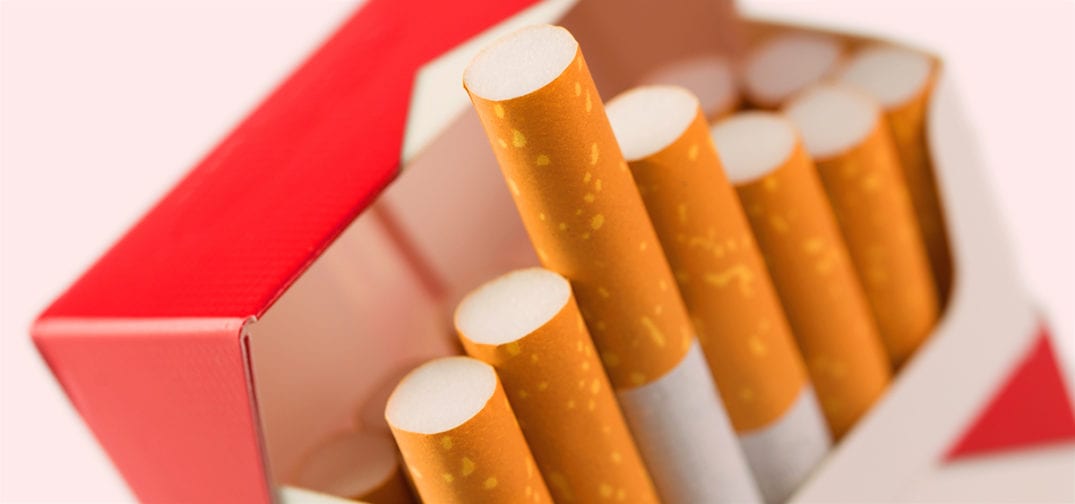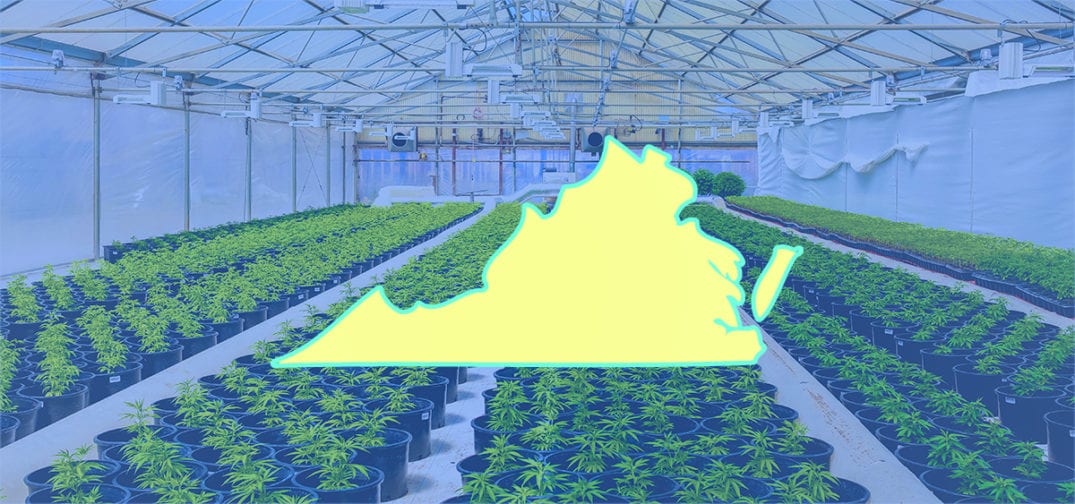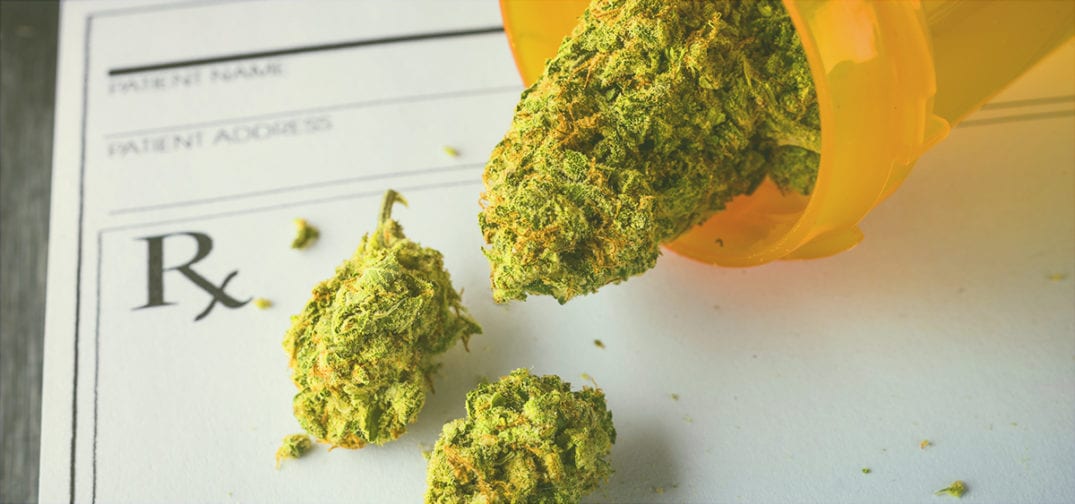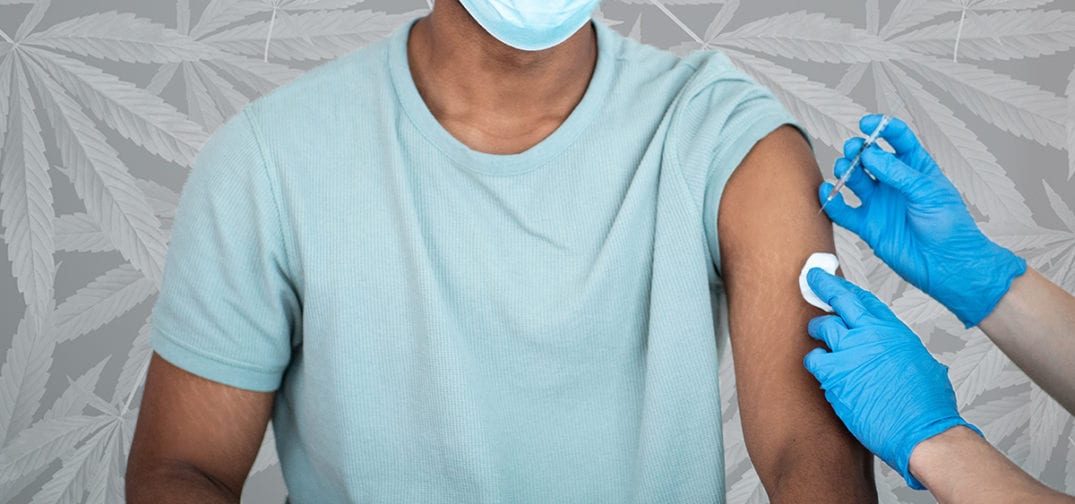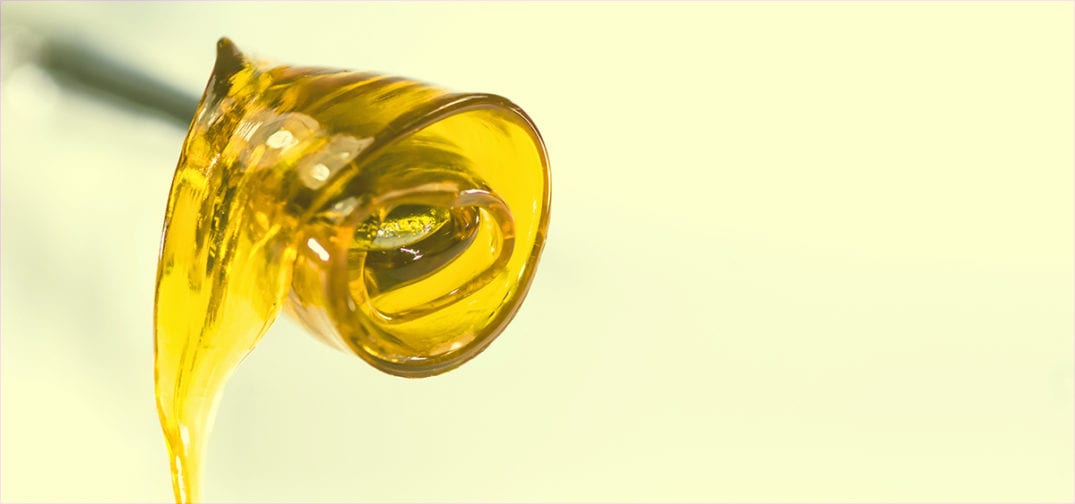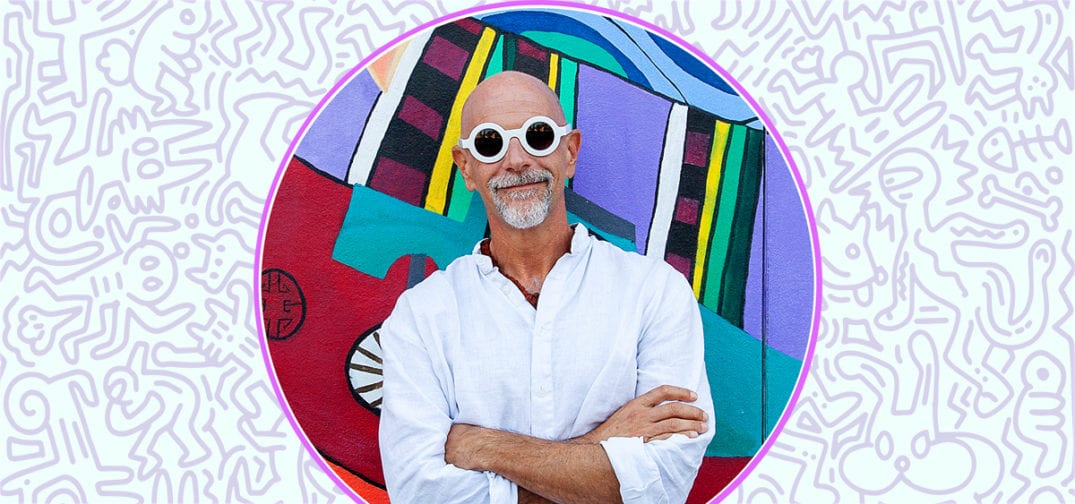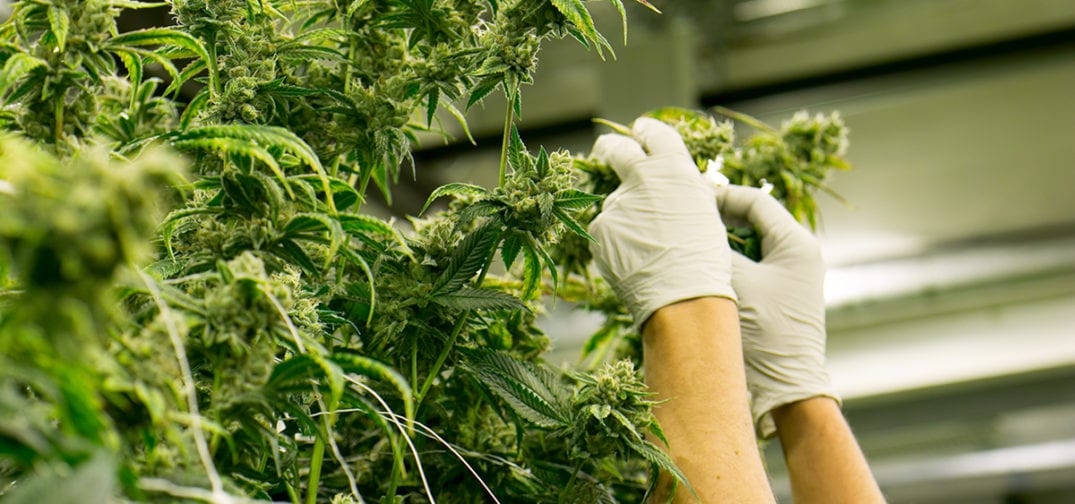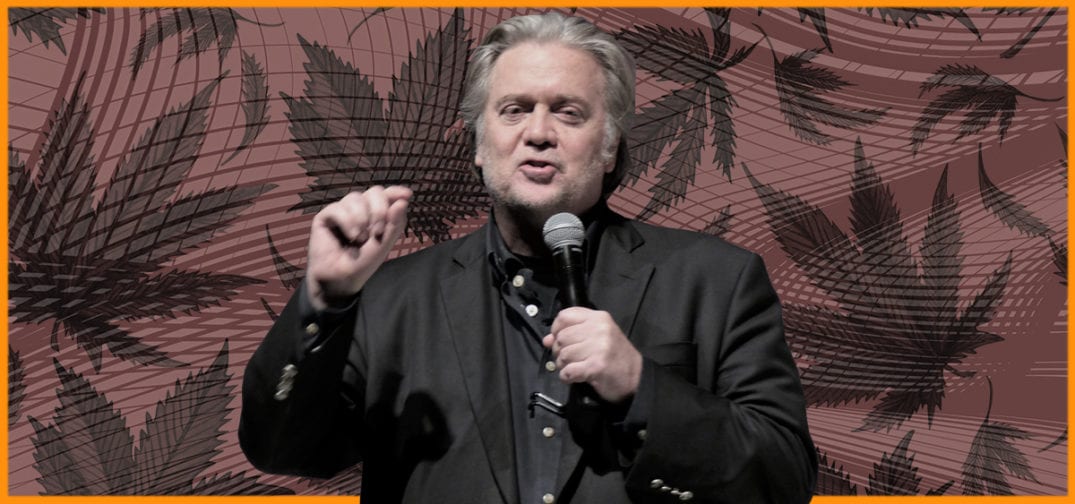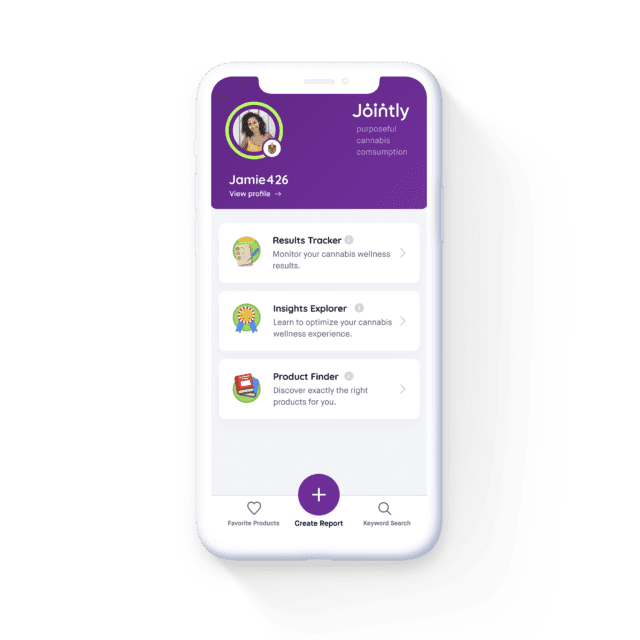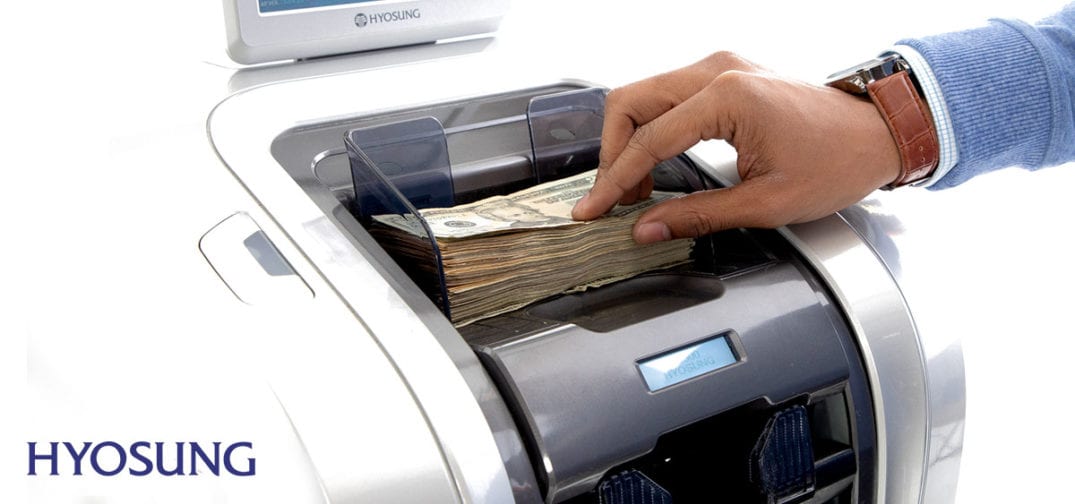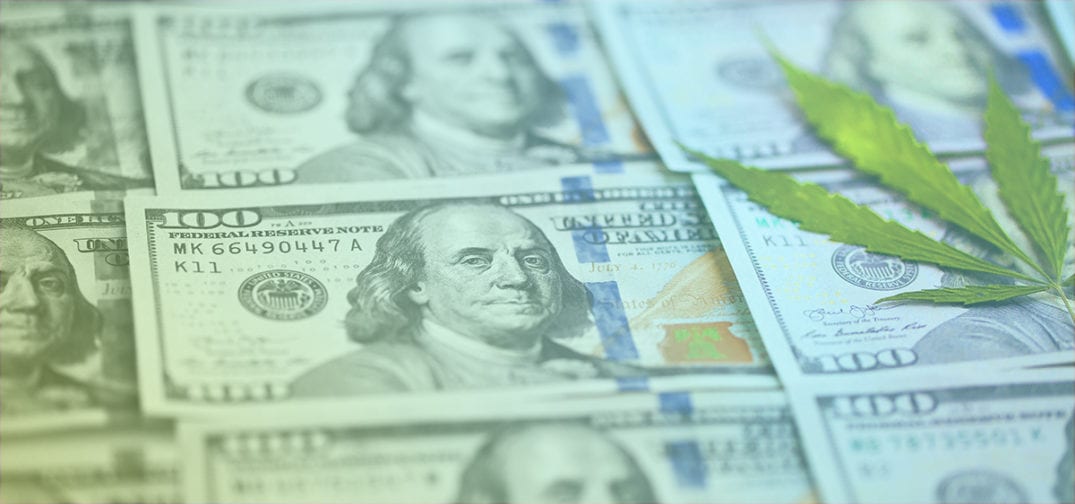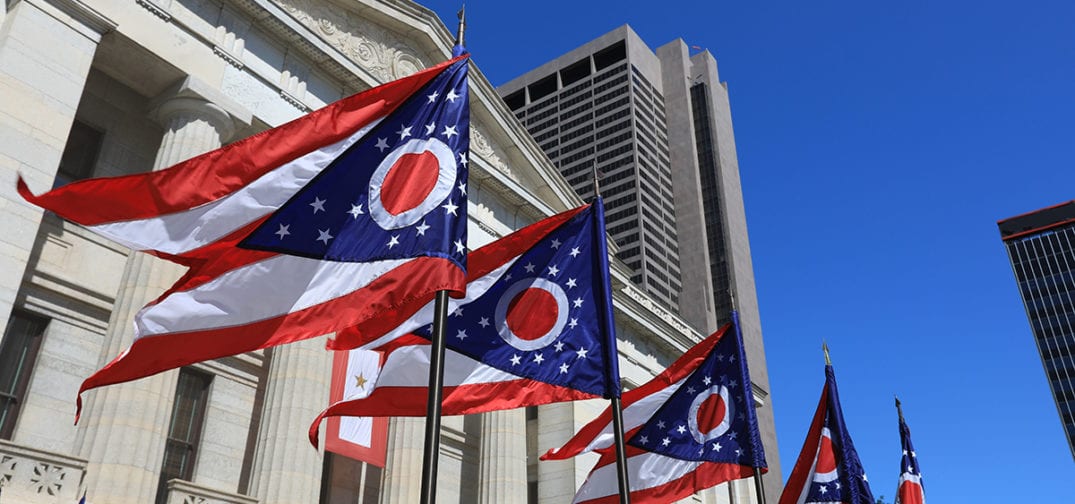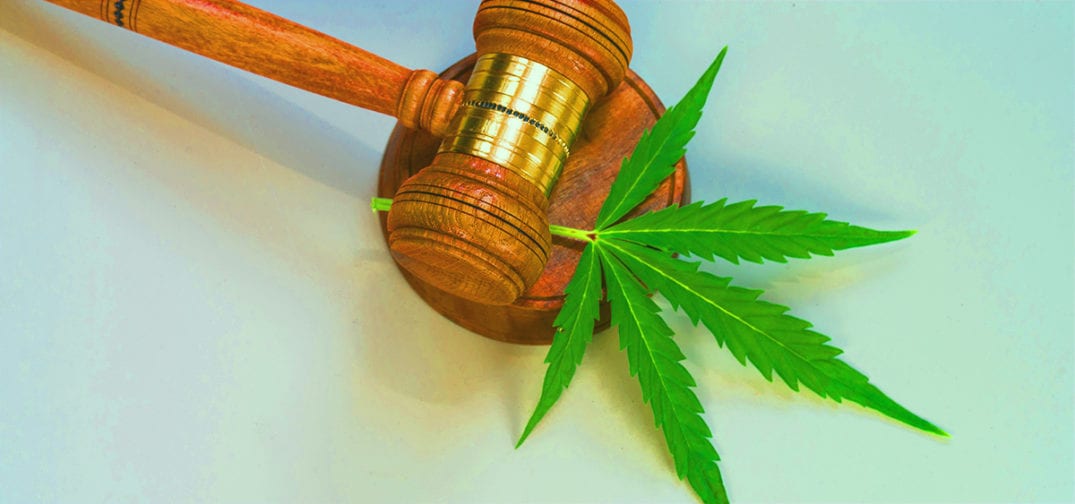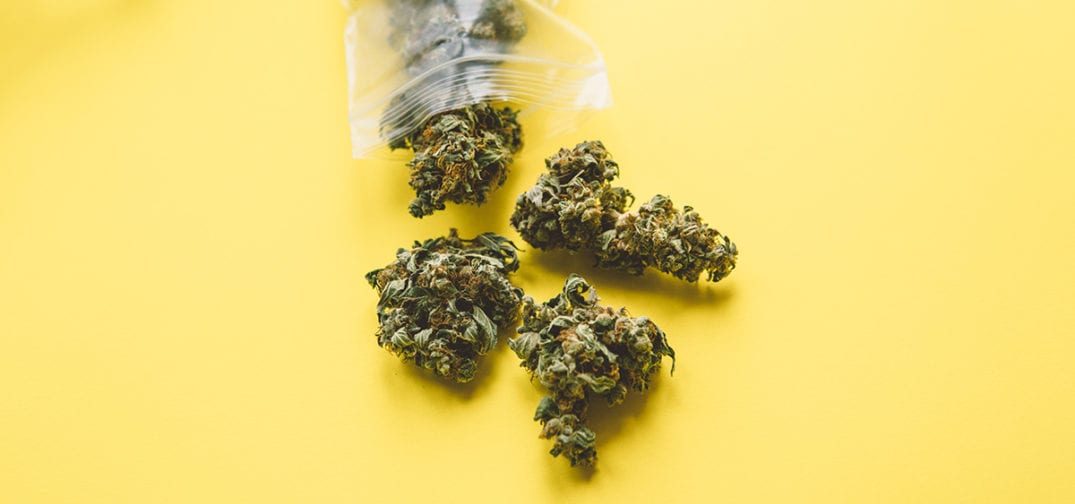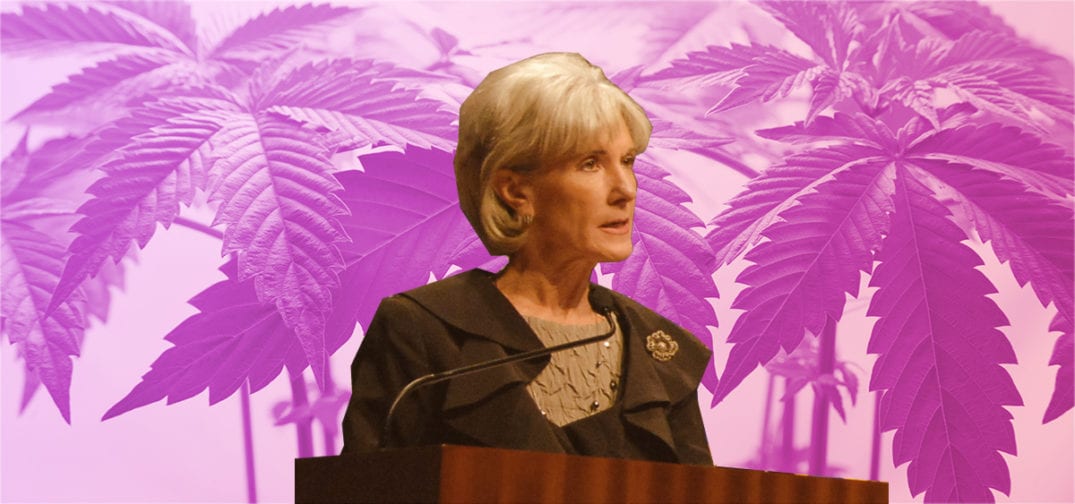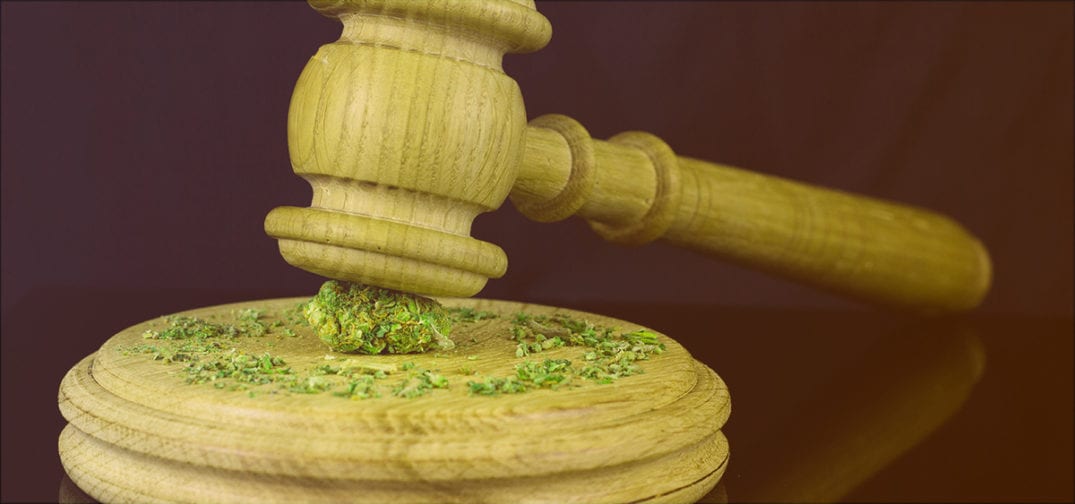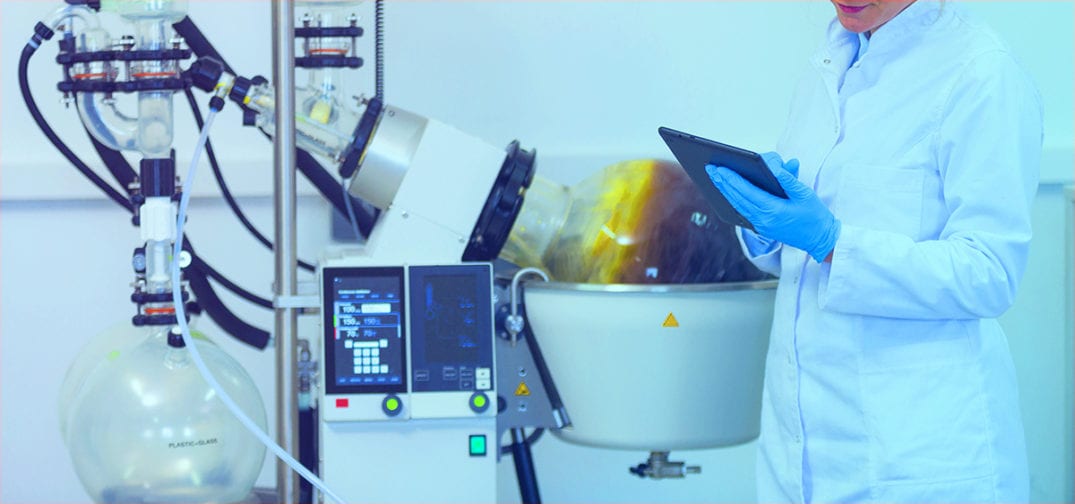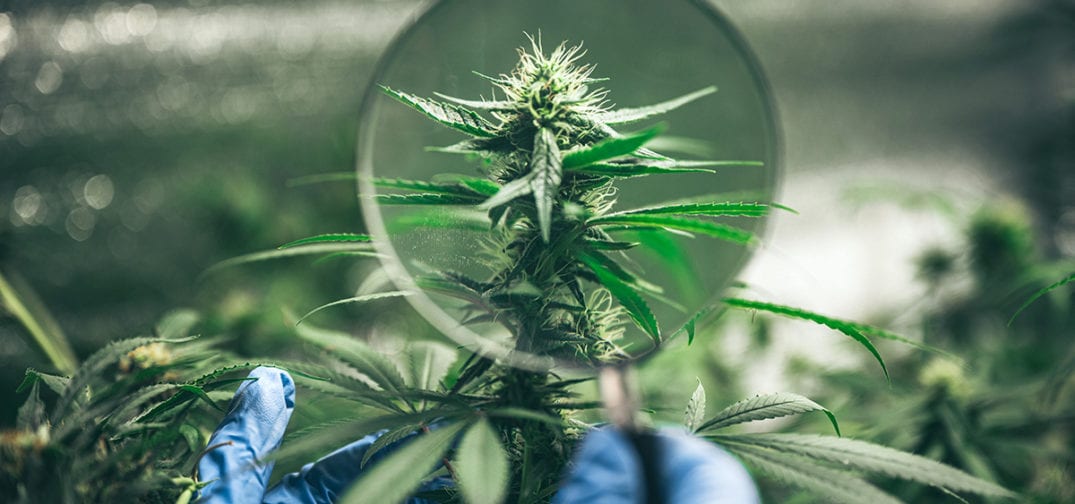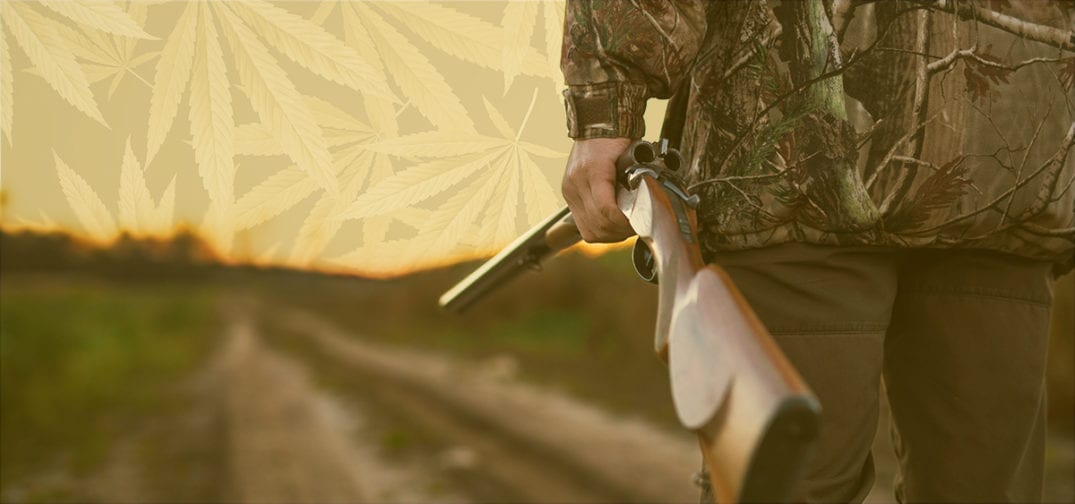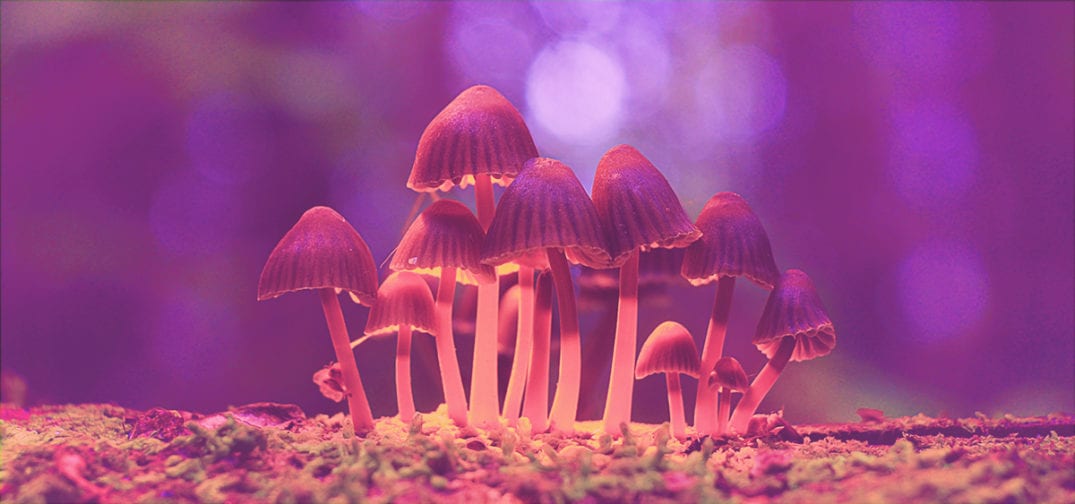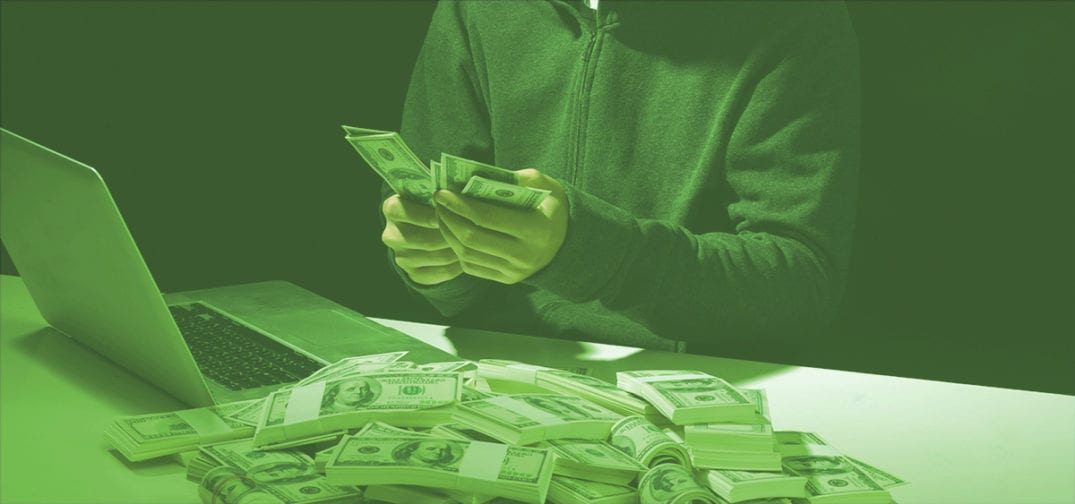Between new cannabis legalization laws, drug decriminalization efforts, and discoveries related to medicinal psilocybin and other psychedelic substances, recent years have marked a resurgence for psychedelics in U.S. culture, politics, and medicine.
Zappy Zapolin is the filmmaker and activist behind The Reality of Truth, a documentary that follows Hollywood movie star Michelle Rodriguez and several of her friends through a journey of personal discovery fueled by psychedelics.
In this episode of the Ganjapreneur.com podcast, Zappy joins our host TG Branfalt to discuss the resurgence of psychedelics in American politics and culture, drug decriminalization developments from last November’s election, and the latest medicinal discoveries related to psychedelic substances including ketamine, psilocybin, and cannabis. The conversation also covers Zappy’s transition from an early digital-era pioneer to an activist filmmaker, how psychedelics can help society recover from the collective trauma caused by the coronavirus pandemic, and more!
You can listen to the interview through the media player below or through your favorite podcast listening platform. Scroll further down to find a full transcript of this week’s podcast episode.
Listen to the podcast:
Read the transcript:
Commercial: This episode of The Ganjapreneur Podcast is made possible by Dama Financial. Get access to a secure, transparent banking solution with Dama Financial. Secure your cash, make and receive electronic payments and stop worrying that your account will be shut down for being a cannabis business. Protect your money with an FDIC-insured bank account and discover Dama’s suite of sustainable, compliant, financial products, including merchant processing. Schedule a free consultation at damafinancial.com today, or call 877-401-3262. Dama Financial is an agent of its financial institutions.
TG Branfalt: Hey there. I’m your host, TG Branfalt, and thank you for listening to The Ganjapreneur.com Podcast, where we try to bring you actionable information and normalize cannabis through the stories of Ganjapreneurs, activists, and industry stakeholders. Today is a real departure from the show. We obviously stick to guests in the cannabis industry and we’ve obviously had drug reform activists on the show but today, I’m going off the rails here with Zappy Zapolin. He’s the director of the 2016 documentary, The Reality of Truth, which follows actress Michelle Rodriguez and others on a personal journey of discovery and Lamar Odom Reborn which focuses on Odom’s journey from public breakdown, depression and addiction, to healthy and thriving through ketamine infusions and plant medicine.
He’s also the founder of The Ketamine Fund which offers free ketamine to veterans and others who are suicidal and the Mind Army, which believes that every human being has the inalienable right to go inside their own minds for answers and healing. So, not our sort of typical cannabis business owner, Zappy, but it’s really great to have you on, especially what just happened with the election the other day. Drugs won the day, as I’ve been saying for a couple of days.
Michael Zapolin: Yes.
TG Branfalt: But before we get into everything that we have to talk about today, man, tell me about you, your background and how did you end up focusing your sort of work and life on psychedelics?
Michael Zapolin: Yeah. No. It’s a really organic story. I grew up in Boston, Massachusetts and after college I went to work on Wall Street and I wanted to be more of an entrepreneur. And at some point I jumped into that entrepreneurial path and what happened was, it was the early 90s and they had deregulated television so you could make your own TV show, buy time on TV, what would be an infomercial. But it was just so open that I was like, “Wow. This is so cool.” I knew some people had some production equipment and decided to go into the infomercial space.
And I wound up getting on the Today Show with Katie Couric because there was so little information that she had me and the guy from Time Life Videos, where they were the masters of that. And at the end of the segment when she wrapped up, I said, “Oh, by the way, Katie, if anybody wants to get in touch with me I’m at 1-800- bah, bah, bah.” And I gave out the 800 number. After the camera cut she screamed me out for five minutes on how unprofessional I was, never be back on the Today Show again.
But back at my office in Boston, the phones were ringing, hundreds of phone calls coming in. Every time zone the show would play, we’d get another 100 calls. And in there, there was Diana Ross was watching, the singer. She had her assistant call me. Time Warner Cable, Pop people contacted me and said, “Hey, we need to do internal infomercials on our barker channels.”
So, all of a sudden I created this overnight infomercial company and I kept doing that and had some good experiences with infomercials. But when the late 90s came and I started to see the internet happening, I was like, “Oh my god. Wow. This is the holy grail of direct marketing. You’re going to be able to track consumers all the way through the system. This is better than infomercials. I got to get into this right now.” And so I thought, “Okay. Where do I fit in in the internet?” And my theory was that if I got a categoric, generic domain name like beer.com or diamond.com, I would have a certain amount of credibility as an entrepreneur, as a business. As more people came on the internet, I would rise with the tide. And I was like, “Wow. Let me figure out what domain I ought to get.”
And so I made a list. I called it my Super Bowl list, which was, I wanted an industry that advertised at the Super Bowl, figuring that would be a big enough category for me to develop for a few years. So I made the list, it was beer, cars, computers, insurance, credit cards, and top of the list was beer. So I was like, “Oh, I wonder what’s at beer.com.” I typed it in and there was this hobbyist site of a kid with pictures of him and his friends throwing up from drinking too much. And I thought, “Wow.” I looked him up. He’s in Colorado. And I’m thinking, “This guy’s in Colorado with beer.com. He can’t find a beer sponsor?” Because at the top of the page it said, “We need advertisers so we can buy more beer.”
And so I approached him and I said, “Look, I know people that do liquor promotions and why don’t you let me take over beer.com and put together a beer portal site?” I concluded, “Based on my best guesstimates at the time that that domain was maybe worth $100,000.” So I gave them $80,000 in cash and told them to keep 20% because I thought it was going to do really well going forward.
I redeveloped the site, put how to brew beer, rate your favorite beer, get a beer.com email for free. And I put out press about what I was doing and I got calls from all those beer companies and one of them was Interbrew up in Toronto that owns Labatt and Rolling Rock and everything. They said, “Hey, come on up and let’s talk about beer.com.” I went up and two months after I had taken this thing over for $80,000, I sold it to them for $7 million. So I was like, “Oh wow.” I was like, “This is a good industry. I better go back to my Super Bowl list here.”
So I went back to the list and started to acquire, I was able to get diamond.com from a software company that didn’t need it. I wound up eventually getting computer.com, 1-800-computer. And with a partner we did a Super Bowl ad in the 2000 Super Bowl and launched beer.com. I’m sorry, we launched computer.com, 1-800-computer. Had a Superbowl ad. It was this incredible, fun and entrepreneurial learning.
And so as I was doing that when the internet bubble burst, I got the opportunity to own creditcards.com, which I did pretty well with. I actually wound up as an entrepreneur, exiting it too early and had built it up with some partners that wanted to exit it. We exited it for a few million dollars and everybody was happy. But the guy took that same site, same business model and everything, he just applied what we were doing and started buying traffic and increasing the number of leads, and two years later, what we sold him for three million, he turned around and sold to American Capital for 133 million, same website, business model, logo. So I’d have to see-
TG Branfalt: Wow.
Michael Zapolin: … TV commercials for creditcards.com on NBC NBC and want to jump out the window and kill myself. So, thankfully, I’ve been a cannabis user for the last 35 years, and I knew it was a valuable medicine, important medicine in my life, and so I never even… You know if people say, “Oh, drugs, blah.” I just, didn’t even go in my brain. I was like, “This is medicine and I hope everybody eventually can get this.” So I always loved it, wanted to be a part of it. When things went legal in 2012, I participated in some of the early CBD companies and cannabis opportunities and that was great.
But at the same time I sort of had this spiritual mid-life crisis myself and I realized that I’d done everything society told me to do: go make money, have a family, you’ll be totally fulfilled. And I was sitting there like, “Oh, wow, you know what? I just did it all and then I’m happy but I’m not fulfilled. How am I going to get fulfilled?” And I realized that I’d had some good psychedelic experiences when I was younger and I thought, “Wow. If I could use something like Ayahuasca that I’m hearing about, San Pedro cactus, some of these things, to go inside and have that experience with the intent of expanding my consciousness and learning about myself,” I was like, “I think I have to do this or maybe I wasted my whole life.” And that was what led me to go down to Peru and sit with a shaman.
From the infomercial days, I’ve always had equipment to film and edit and stuff. So I said, “Oh, I’ll just make a movie about this, my experience, and then I can share it with other people.” And I was lucky enough to get the actress, Michelle Rodriguez, who was having her own spiritual mid-life crisis and wanted to try Ayahuasca, come with me and some friends down to Peru to have some shamanic experiences. And, of course, changed my life, and I realized, “Hey, you know what? Cannabis is amazing. It is a psychedelic. But it’s so subtle that it doesn’t even get usually put into that same frame as these other psychedelic catalysts.” So my thinking was, “Wow, okay, let me leapfrog cannabis because everybody’s already working to get that out and it’s coming out. Nature’s really intelligent. It knows people need it and it’s bringing it out.” And I thought, as cannabis leads the way, where people like my parents who used to be resistant to marijuana and anything to do with that, now, in their 80s, they’re eating gummies for their health and feeling better. And so they realized, just like a lot of other people now, this is medicine. And I figured, if I can bring forward some of these compounds like psilocybin mushrooms, San Pedro, Ayahuasca, ibogaine to break the heroin and opioid epidemics, ketamine to break the depression in PTSD, this is what’s going to triage society.
So it’s like, if we made legal weed today, yes, society would get better and better and better and better. But we’re in a suicide, addiction, depression epidemic and now we’re coming out of a pandemic with all this PTSD, nothing’s going to triage that, other than these catalysts that can put you into a different state, give you a different perspective and scientifically now have been proven to be able to triage society. So I’m just thrilled. Yesterday was, with the election and couple of states going decriminalizing drugs. Even in Oregon, cocaine and these things, they are being decriminalized, which makes total sense because most people, if you tell them not to do something, they’re going to be so curious that they’re going to have to do it. Where, in Europe and places, when they say, “Hey, everything’s legal. We’re not going to-“
TG Branfalt: Portugal.
Michael Zapolin: “… arrest people.” Yeah, Portugal. Everything winds up better. And so we have to accept that that model exists and make these things available so there can be more education, more opportunities like there are now with cannabis. Where it used to be, I didn’t know what kind of… I might have known whether it’s indoor or outdoor weed, or what state it came from, but now I know so much and then I can find subproducts that can actually be really good for me. And we have to get there with psychedelics really fast because if we don’t, we’re in a crazy situation, where society can go off the rails with…
TG Branfalt: So it’s interesting that you mention the pandemic in sort of this early run-up because there was a month in the middle of the pandemic where every weekend I was doing some sort of psychedelic. And I was a psychedelic user but never at that sort of rate. And coming out of that, the following sort of weeks and months, I was far more at peace with the sort of situation that I was in. And a part of me at that time sort of realized that while I had used psychedelics my whole, my adult life and even in my teenage years, that it wasn’t until then where I sort of was like, “Holy shit. This actually might be a way to help with my depression.”
And, yeah, I mean, I’m a cannabis journalist, so I do read a lot about a lot of these things but I didn’t realize the sort of, the history of psychedelics and their potential role as medicine. And you’ve worked on a couple of films about this, psychedelics and, I mean, you named a couple of psychedelics that I’m not even familiar with. Could you just briefly describe sort of the history and if it’s, I mean, briefly, of psychedelics and their potential role as medicine?
Michael Zapolin: Sure. Yeah. A lot of people don’t know but, of course, in the ’50s and things LSD was legal. ibogaine, which is this incredible addiction interrupter, this used to be publicly sold as a French brand called Lambarene. You could buy it over the counter. Or virility and things, they didn’t really know exactly, but there was for virility and energy and things like that. And so, what happened was, in the ’50s when they started to bring out these SSRI’s, these antidepressants from the pharmaceutical companies, they decided that was a better track for them to go down. So it was very easy with the Vietnam War and the president not wanting people to be going inside and thinking too much about what was going on, that they said, “Let’s shut this thing down. Let’s tell people that we don’t know if they’re safe.”
1966 they were like, “We’re making LSD and other psychedelics illegal because they have to be studied for safety.” And that kind of makes sense to me. I’m like, “Oh, okay, yep. Makes sense.” But here we are now, 54 years later, okay. Millions of people have done these things, many with great benefit. And our Mind Army that’s fighting for the right to pursue happiness, we’re not going to sit here in 2020, knowing what we do about medicine and science, we’re not going to sit here and have somebody tell us that alcohol is good, tobacco is good, but psilocybin mushrooms, those are bad, and even if you’re suicidal or facing addictions, you can’t use them. Sorry, you’re going to have to die. It’s like, “No. We don’t accept that paradigm. We are going to use these. We’re asking the president, whoever that is, to use the executive branch, do an executive order legalizing psychedelic compounds right now for this crisis of mental health and addiction.”
And the way we’re doing this is, number one, to ask them to really say, “Hey, look,” if it’s Donald Trump, “if you want to win the Nobel Prize, you are going to make these compounds legal. You will bring down suicide rates and help the opioid epidemic and actually be recognized for something real, okay, number one. If it’s Joe Biden, we intend to say to him, “Your son, Hunter Biden, who had a drug and alcohol addiction issue, he overcame that using ibogaine, just like we gave Lamar Odom in the film that’s coming out next year…” And we intend to say to Joe Biden, “Hey, if it’s good enough for your son, it’s good enough for everybody else. Get your pen out and start writing this executive order because we’re not going to sit around here just because you have $15,000 or $5000 to send your kid out of the country to do ibogaine. We need this stuff, okay? So make it legal. Accept that just like MDMA right now is being shown through clinical trials with MAPS to be effective in treating PTSD, in a similar way, ketamine is being shown to break suicidal ideation and depression. Psilocybin mushrooms microdosed is going to definitely get rid of all the antidepressants and replace those, just with microdosing psilocybin. So let’s get to it. Let’s not pretend that we don’t know the safety profile.”
And that’s what’s so cool about this moment is, with the internet and social media, if something works, like cannabis, then my parents and people are going to try it. And then if it works for them, it doesn’t matter what anybody else is saying about it. And that’s what’s happening for psychedelics right now, too. It’s so exciting because we’re heading for a cliff as a society, we could go off the cliff, but here is the beauty of nature is it’s bringing these compounds to just take a right turn before we go off the rails. And it’s just nice to see that right in the moment that we all need it, we all tune into the fact that it’s here and it’s available.
TG Branfalt: I mean, you’re obviously hyper passionate on this issue and super knowledgeable. So tell me about some of the challenges that you face as a psychedelic advocate, right? Because I think to a lot of people, the cannabis advocate has sort of been normalized through 50 years of NORML or however long it’s been and magazines, High Times and Culture and this sort of normalization, mainstream-esque… you know, High Times is a trading company now. And so I think psychedelics, in most sort of mainstream America, hasn’t sort of gotten to that sort of same normalization point with psychedelics. So tell me about the challenges you personally face in that role.
Michael Zapolin: Yeah. So what’s cool is I have through film realized… Before that I was like, “Oh, we’re in a celebrity-driven culture. I can either get pissed off about that or I can use that to my advantage.” And I would rather use that to our advantage as it relates to bringing out psychedelics. So what’s exciting to me is I had this organic experience where I was showing my film, The Reality of Truth, here in Florida at the Hippocrates Health Institute and somebody came up to me after the movie and they said, “Hey, I just saw that movie about plant medicine of yours. I’m friends with Lamar Odom, the basketball player, Kardashian, and he’s not in a good position right now. Do you think you could help him with some plant medicine?” And I was like, “Oh, I’d love to help him out and film that. Sounds really cool to share it.”
But what I love is that this movie, you get to see Lamar, you’re like a fly on the wall. You get to see him go through his ketamine experiences with different treatments of ketamine and emerge and say, “I’ve never felt this good in my life.” You get to see him come down to Mexico with me and do ibogaine which is an African root that is very intense but it can break a heroin or opium addiction.
He had 12 strokes, 6 heart attacks, liver damage, kidney failure from being in a drug-overdosed coma. And to see this ibogaine reset him mentally and physically to the point where in the movie you see he says, “I think I feel so good I can make a comeback in professional basketball.” And couple months later, four months later or so, he went and played in a professional tournament in Dubai. And he had this personal rocky moment for himself, where he was like, “I was supposed to die and then I did the ketamine, I lost my fear of death. I did the ibogaine, I lost my fear. I know I’m on… This is like gravy time for me.” And he’s like, “This is so cool. I don’t care. I’m not the same basketball player I was when I was 20 years old but who cares? I’m just enjoying the moment and I’m present.”
And so to see somebody who people think they know personally because they’ve watched them and feel really attached, he’s the perfect celebrity to bring this forward and I’m really excited for him to normalize it. For me, it’s cool because I’ve gotten this moniker of the psychedelic concierge. Which I think is a pretty good description because if you think about you’re at a hotel and you go to a concierge and you’re like, “Hey, where should we go to dinner tonight near the hotel?” They say, “Oh, well, what kind of food do you like? Do you like wine? Do you want there to be music?” And then you tell them and they go, “Oh, go to this place.” So, in the same way, they’re not cooking your dinner, and they’re not making the music, they’re just making a right recommendation. So when celebrities or business people or friends come to me, I do a similar analysis like that concierge. I’m like, “Okay, well, what are you trying to achieve? What’s your intent? What kind of traumas do you have going on? What have you tried? Okay, well, based on that I think…”
In the movie, the Lamar Odom Reborn, I have a formula for him and that formula for him is ketamine plus plant medicine plus a daily practice of meditation, breathing, equals a conscious transformation. So he had to go through that formula. Start by being triaged with ketamine. Because he’d always been told, “Don’t do psychedelics. If something goes wrong as an African American guy, you could be shot by the cops, put in a mental institution.” We have this really unfair thing happening that we need to correct in the psychedelic community, where we have to make this open to everybody, no judgment. Just everybody deserves this. Go inside.
So he’d never done it. He was nervous. But he’d done everything else. He knew there was nothing else he could try to pull himself out. So he agreed to do it. He came down with my partner, Warren Gumpel, who’s my ketamine partner here. He trusted us. He went through the treatments. And then when he felt good and stabilized, I said, “Look, let’s go down to Mexico. You have an addiction profile. You’re an African American guy. There’s this African root that can break an addiction and do a whole physical reset. Who knows, maybe you’re supposed to be having this stuff and you’ve just been cut off from it culturally for generations. So let’s go do it.” And he’s such a cool guy that he was like, “All right. Let’s do it. I got nothing to lose.”
And it’s a very intense experience. It’s not something that I recommend to people unless they need a full reboot or they’re addicted to something that they can’t get off. ibogaine’s so incredible that it basically wipes your prefrontal cortex so you have no cravings. You don’t even have to detox on a ibogaine journey. It’s just a wild 12 hour to 48 hour experience. But when you come out of it, you don’t have cravings, you don’t have anything in your system and you physically are getting this reboot as if you’re 18 years old again. And so this is really cool.
And just a side note, that they’ve recognized anecdotally, it hasn’t been studied because of the legalities, same thing with cannabis and all this, but they realized that a microdose of iboga, this plant, can reverse Parkinson’s Disease. Yeah. Because of what it’s doing in the brain and that repair that it’s capable of doing. So we have to just be smart and just say, “Hey, look, they tricked us with cannabis. Now we know. We’re not going to let them trick us with this psychedelics anymore. We’re going to use these. We’re going to study them, get the benefit.” I love it. That’s where we’re at.
TG Branfalt: So talk to me about, you had mentioned we’re a couple of days removed from the election. During that night, Oregon implemented the medical cannabis. D.C. decriminalized ethnogenic plants, so that doesn’t include MDMA or LSD. Previously, we’ve had Ann Arbor, Michigan, we’ve had Santa Cruz, we’ve had Oakland, Denver, have all passed measures to decriminalize psilocybin. And ultimately, I mean, I’m of the mind where it’s going to sort of follow the same path as cannabis, probably take a little longer. But do you think that this movement can gain the same traction as the early medical cannabis movement despite barriers, such as its drug schedule, such as the general public’s misunderstanding of the substances, and the general stigma of psychedelics?
Michael Zapolin: Yeah. No. That’s a good question. I mean, I think it actually can avoid all the things that cannabis has had to go through because we’re in such a crisis. Six months ago I would have said, “Oh, it’s probably… I don’t know. It could be years. Who knows? We’re going to fight for it but who knows?” But after this crisis, this mental health crisis, I think there’s a suicide epidemic wave that’s coming that this country’s not even ready for and so how do you triage that? And I think a lot of people, while they may not be ready today, they may go, “Oh, Zappy, you’re nuts. You’re not going to get the president to legalize this stuff.” But I’ll tell you what, if 50,000 teenagers committed suicide one day on an app or a website, that would… Which is not far-fetched. There’s already undertones of something like this developing. And so, that’s going to break the fabric of the family and society and people are going to be like, “Holy shit. What do we do?” And then they’re going to go, “Oh, look, it looks like ketamine breaks suicidal ideation. Why don’t we do that?”
I wish people would just do it now and legalize these things out of respect for other human beings. And the fact that this Mind Army, we’re trying to get this stuff legal, because we’re like, “This is my body. This is my mind. If I’m having suicidal thoughts or I’m addicted to something or I’m depressed, I have to be given the opportunity to heal myself. And if I’m not hurting anybody else, then get out of my way. This is 2020. I am not going to sit here and have a conversation with the state government and the local and the DEA. Nope. I’m going right to the president. That’s the person who can sign this executive order. Don’t want to talk to anybody else.” We’re just going to pile as many people on as possible.
So the people that are listening, they can come to mindarmy.org and check it out. Sign the petition. We’re setting up a task force because in every city there are these psychedelic societies, these entheogenic societies and they are just underground because of the legal culture. But if they were able to come to, it was made legal and they could come to the surface and we could have a Yelp for therapists and guides, and if you’re having a bad time, that you would be able to access somebody right, really close to you to help you out. And this is kind of like the model.
I’m a Grateful Dead fan. I’m a Dead Head. I’ve been to 100 shows. And at those shows, I was never cool enough to do it, but some of the people would give up seeing the show and they’d go into the tent and help people that were having a bad trip. And it’s like, these cool people exist all over the place. So we can do harm reduction. We can make sure everybody has a good experience. And then the Mind Army is putting together a psychedelic microdosing handbook with the idea that we have information from MAPS, Third Wave, double-blind, the best techniques to microdose these different things, thinking to ourselves that if the president legalizes this with an executive order, we want people to have this handbook so that they can say, “Oh, okay, I’ve got some mushrooms. Let me see how much I should take, what the basic effect is. Let me figure this out slow in a microdose, not just go, ‘Oh, mushrooms, great. Give me 10 grams. I think I heard that on some podcast.'”
So, we want people to start slow and safe, have a task force in place. But you’re hearing it right here, yesterday’s, or the vote the other day was a referendum on people are demanding to be able to take care of their own mental health right now and that we all accept that these are important, legitimate things. That’s why they’re being legalized by majorities of voters. So we have to pile on.
TG Branfalt: Going back to what I was talking about in my own sort of recent experience, and this idea of the inalienable right to sort of do what you will with your own brain, right? My mother, she’s very open, we have a very good relationship and just a couple of weeks ago, I said, “Mum, I’m going on a trip this weekend, a little MDMA.” And it was finally the first time that she understood. And she’s never really done any sort of psychedelics but I think that she understands now that people are hurting and that my life hasn’t changed dramatically in the time that I’ve been using psychedelics, I think, medically. So to your point, and sort of the mission of your organization, do you think that that message of the inalienable right is more effective, I guess, than the idea that these drugs work?
Michael Zapolin: Yeah. I think it’s a double hit. People are getting, thanks to cannabis, they’re getting this, “Hey, you know what? They were wrong about that and I have to be more open now. I have to do my own due diligence. I can’t just think because they told me if I’d smoke marijuana, I was going to go crazy and rape people and, okay. Now I know. This is medicine. Okay.” And now I’m seeing MDMA. I’ve seen COMPASS Pathways with their psilocybin go public on the Nasdaq with a billion dollar market cap. Cybin up in Canada just raised 45 million the other day. So the Wall Street people and the mainstream people are seeing it in different ways that they need to see it. But it’s all leading to things like your mom, where last year, she might have been like, “Oh, I don’t know. Are you doing that too much?” or something like that. Where, now she’s just like, “Oh, well, good, because I don’t want you to be having mental issues and have these problems that don’t have to exist.” So I think it’s cool. I mean, I thank cannabis and I thank nature because I think nature is so intelligent.
I just want to tell you one fact I heard during the coronavirus while I was quarantining doing psychedelics and watching nature programs and stuff and cool visuals. And the best thing I learned, and this just shows how intelligent these plants are and we got to start giving them credit, in the Papua New Guinea jungle there are these fruit plants and there are fruit bats that eat the fruit off of these plants. After they eat it, they drop the seed down onto the ground or they poop it out and it grows a new tree. Well, the trees realized that the bats were helping them to fertilize these new plants and in a very short time they evolve to make it easier for the bats to hold onto the trees.
TG Branfalt: Super cool.
Michael Zapolin: I mean, that’s consciousness. That’s intelligence. And when you do ibogaine or you have this experience like this where you tap into this ancient plant and then all of a sudden you’re having this high technology information and stuff happening, you’re just like, “Wow. These plants. We should literally get down on the ground and be bowing to these plants-“
TG Branfalt: Not wrong.
Michael Zapolin: “… instead of being these humans who…” My hope is that people look at the turn that we’re about to make back to trusting nature and plants, they’re going to go, “Oh, that generation around 2000, those are the people who went back to nature after these ridiculous humans decided that they didn’t need nature, they were smarter than all that and they could just figure it out with technology.” And I want us to be seen as the group that brought that thing back to trusting nature, going inside, and ideally not taking it too seriously either, because this is a miracle we’re in. And I think a lot of times people are just disconnected from what a miracle we’re in.
And I see it around me and I think this is the power of ketamine, is when you do that experience in a medical doctor’s office… You’re not trying to have a trip, you’re not trying to expand your consciousness, you just don’t want to have depression or addiction. And you go in there… Or PTSD. And you get the enlightened experience and then you go, “Oh, I get it. This is what they’ve been talking about.” And so that opportunity to tap people into that level of new consciousness is amazing. And we have the opportunity to take advantage of that right now and we got to just stick with that and not be distracted.
TG Branfalt: And there’s a recent study I just found that psilocybin worked four times better than antidepressants. And it was, granted, a very small study, a 27-person study or something like that. But, I mean, the fact that we’re getting these studies, I think is really, really important for the overall conversation.
What advice do you have for people who want to learn more about how psychedelics can potentially help with depression and addiction? I mean, having this conversation on a podcast definitely doesn’t even scratch the surface. So what do you recommend for those folks?
Michael Zapolin: I would definitely tell people to watch The Reality of Truth. That movie is all about showing you what the opportunity is with these compounds. And then I would say definitely check out the Mind Army and join us, mindarmy.org, because this is the place that we can all get together. I said this, I was on a conference, a virtual conference the other day and they asked me to speak about advocacy, about activism and I said, “Number one, we have the best product in the world, okay? Nothing works as well. So let’s just embrace that, number one. Number two, we have a majority of people. It’s been shown in the election, we have a majority of people who say we’re in a mental health crisis and we need to use safe and effective compounds that we know about. And then, third, we live in this world where you can tap in through social media and the internet into these large groups and affect them with content and information, and who knows, this show could be the straw that breaks the camel’s back. You just literally don’t know. So we have to advocate. We have to be really strong in our reality which is our product’s incredible and it’s the only thing that’s going to work right now” and just get really cocky in that mode.
And just that’s where we get the, “We don’t want to talk to the state and local and this and that. We’ve seen where that went with cannabis. We want an executive order from the president right now or unfortunately if he needs to wait and have social situations accelerate him to do this, we will be standing by trying to help people to have as good an experience as possible.” But like you said, during this coronavirus, or if you find yourself in Denver or Oregon or Santa Cruz, a psychedelic-neutral zone, you got to take advantage of that opportunity and say, “There’s nowhere else I have to be right now. I’m going to go inside of myself, learn something.” And I guarantee if you do it in the right setting and the right intent, you’re going to have an amazing experience.
TG Branfalt: So, Zappy, I could sit here and have this conversation with you for the next 45 minutes because I’m learning so much and it sort of reinforces, I mean, I guess it reinforces sort of what I’ve been experiencing recently. And to think about this, the referendum, as you put it, that happened during the general election when it comes to psychedelics, to put that in sort of the frame of that people are sort of waking up and then realizing that we have this mental health crisis occurring, I think that’s one of the most interesting sort of perspectives that I’ve had surrounding this issue in my conversations with friends, family, other sort of journalists, that sort of thing. You’ve mentioned your website a couple of times. Is there a place where people can find out some more about you personally or any details you want to direct people to check out before we wrap up here?
Michael Zapolin: No, I mean, I think that mindarmy.org is a great place to come into the mix with me and there’s a lot of ways to engage there. Right now we’ll have more stuff come out but I’d say that’s a good entry point. I do want to say one, I want to future cast something at the end here that’s really exciting and-
TG Branfalt: Go for it.
Michael Zapolin: … this is mind blowing. And I’m involved with this in a business sense but it’s so cool that it exists today as well, which is, that the future of medicine and the future of psychedelics is frequency. And what I mean by that is, right now instead of taking an orange to get some vitamin C and put that in your body, it is now possible to use technology to put some headphones on and they dial up the frequency of vitamin C, it causes an electrical reaction in the brain, which causes a physical reaction in the body, and you can get vitamin C benefit without taking the vitamin C, which means we’re going to be able to dial up a ketamine frequency and give you that frequency and give you a psychedelic experience without taking any organic material.
And this is the great equalizer, where when the government’s going around saying, “Oh, you can’t do this and you can’t do that,” we’re like, “Hey, guess what? We don’t need it. We’re doing it with frequency and as far as I know frequency is totally legal, so thanks anyways.” And it’s amazing because if people are in a place like a cold climate and they can’t get access to a compound or something like that, to be able to get the frequency, have the psychedelic experience and benefit physically, I mean, this is the greatest time to be alive ever. I can’t even go to bed at night. I’m just like, “Oh my god. The frequency is here to mess this whole thing up. All right!”
TG Branfalt: It’s all about energy, man. It really is.
Michael Zapolin: Yeah. For sure.
TG Branfalt: So, I mean, this has been a conversation that we definitely have to have again. You’re a fantastic source, resource of information. Thank you so much for this conversation and just your knowledge and your expertise and your drive and passion for this issue. I really can’t thank you enough, Zappy.
Michael Zapolin: Appreciate it. Keep doing what you’re doing too. I think it’s like the ganjapreneurs are going to become psychedelicpreneurs and frequencypreneurs and you can’t stop entrepreneurs. And now we have these tools and we have the masses and we have everything we need. Now is when we got to get really strong in our vocalizing. Because, last thing I’ll say is I don’t think there’s some conspiracy to keep these psychedelics out of people’s hands. I literally think it’s a lack of education. Doctors don’t know. Politicians don’t know. And in the same way that most doctors don’t really know about nutrition, which is shocking, it’s like, they just weren’t taught. It’s not that they wouldn’t like to know. And we, as the psychedelic community who have had experience and know what’s going on, it’s our job to educate these people. And as long as we do that, it’s all going to work out perfectly.
TG Branfalt: That is Zappy Zapolin. He’s the director of the 2016 documentary, The Reality of Truth and Lamar Odom Reborn, which is set to be released next year, yeah?
Michael Zapolin: Yes. You got it.
TG Branfalt: He’s also the founder of The Ketamine Fund which offers free ketamine to veterans and others who are suicidal and the Mind Army which believes that every human being has the inalienable right to go inside their own minds for answers and healing. Thank you again, Zappy. It’s really been a pleasure.
Michael Zapolin: You too. All right. Thanks for doing what you do. Peace.
TG Branfalt: You can find more episodes of The Ganjapreneur.com Podcast in the podcast section of Ganjapreneur.com on Spotify and in the Apple iTunes store. On the ganjapreneur.com website you’ll find the latest cannabis news and cannabis jobs updated daily along with transcripts of this podcast. You can also download the Ganjapreneur.com app in iTunes and Google Play. This episode was engineered by Trim Media House. I have been your hose, TG Branfalt.
(silence)
